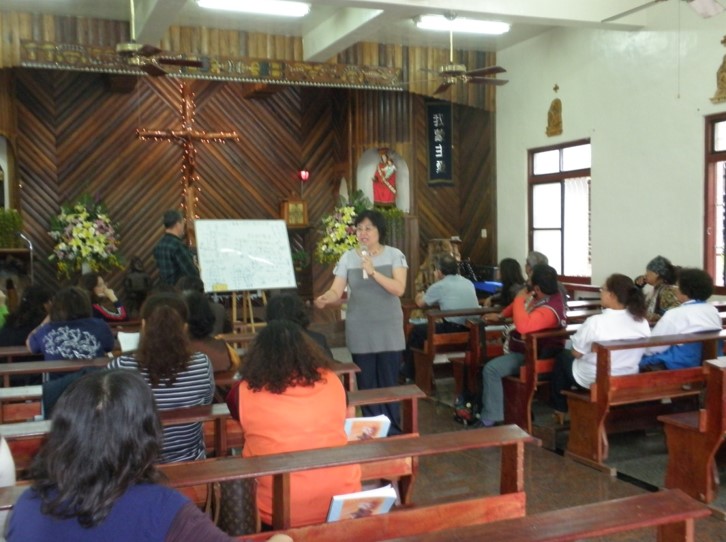family therapy
Factors Contributing to the Trauma of Childhood Difficulties Risk factors for childhood distress traumatic experiences fall into two broad categories 1. Abuse and neglect, including: emotional abuse, physical abuse, sexual abuse, physical neglect and emotionally unstable neglect. 2. Dysfunctional families, including: parents with high-conflict divorce, family members in prison, mothers being treated violently, family members with mental illness, and family members who take drugs. Although it can be divided into two categories, we can conclude that almost all of them are caused by the loss of parental functions and the inability to provide children with a safe survival protection net. Today we will focus first on the high-conflict divorce of parents.
High-Conflict Divorced Families Bring Lifelong Damage to Children
The continuous high-conflict divorce incidents of parents' emotional disharmony are no longer just the two of them losing their warm, considerate and delicate response to the physical and spiritual needs of their children. (Long-term ignoring and neglecting children), but they use children as weapons to attack each other, and the identity of children is reduced to just a substance of parents' offensive and defensive weapons. Such damage is beyond the capacity of the child's nervous system, so academic research points out that, Experiences of traumatic childhood adversity are strongly associated with the following serious health problems: 1. Alcoholism; 2. Depression; 3. Illegal drug use; 4. Injecting drugs; 5. Ischemic heart disease (IHD); 6. Multiple sexual partners; 7. Sexually transmitted diseases; 8. Smoking; 9. Obesity; 10. Suicide attempts. Most of these symptoms are closely related to human biological instincts, because our bodies and minds need to have self-balancing instincts in order to survive. That is to say, a person can survive if he or she gets a score of 6 out of 10 for emotional pleasure (Long-term painful emotions cannot keep a person alive), so if an individual perceives that the joy of his emotions is only 4 points, His instinct will instruct him to make up for the two points that are not enough, Items 1, 3, 4, 6, 7, 8, and 9 in the items listed above are the victims of childhood dilemma trauma that cannot positively regulate their emotions Emotional balance methods to be used. For example, smoking or taking drugs is the way to relieve pain. If you are too painful, you can eat to temporarily forget your troubles. Hence obesity... and if these children don't get back the lack of pleasure with other substitutes, the end result is depression or suicide.
Summary: Divorced parents hurt each other emotionally. Although it is very painful at the moment, the real pain is, The unstoppable conflicts, attacks, and quarrels cause lifelong physical and mental damage to children, For parents, the pain of guilt over witnessing their children's inability to grow up healthy and happy is eternal.




